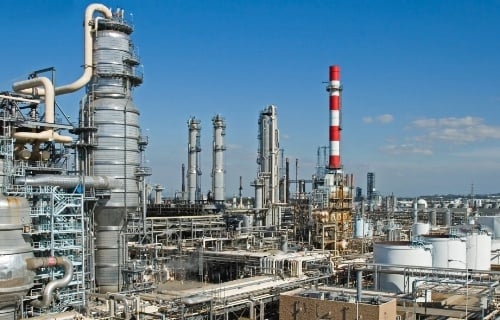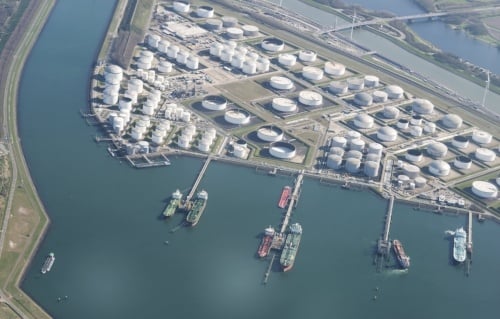4 min read
The Fundamentals of Oil & Gas Hedging - Put Options
This post is the third in a series where we are exploring how oil and gas producers can hedge their exposure to crude oil, natural gas and NGL...

While the basic fundamentals of energy hedging and risk management don't change very often, the prices at which one can hedge clearly do. As such, we have decided that it would be prudent to update many our older posts which explore the basic energy hedging strategies available to consumers, producers, marketers, refiners and traders, so that they better reflect current market conditions.
Over the past few days we have updated a series on oil and gas producer hedging which we originally published in 2013. Clearly the prices at which oil and gas producers can initiate new hedges is quite different than it was two years ago.
The first post in the series, The Fundamentals of Oil & Gas Hedging - Futures, explains how oil and gas producers can hedge their exposure to potentially declining prices with futures. The second post, The Fundamentals of Oil & Gas Hedging - Swaps, addresses how oil and gas producers can utilize swaps as a hedging strategy to mitigate their exposure of lower prices. The third post, The Fundamentals of Oil & Gas Hedging - Put Options, explores how oil and gas producers can enjoy the best of both worlds, higher and lower prices, by hedging with put options.
While we have not yet had the opportunity to update many of our previous posts, we have previously addressed many other hedging strategies which are available to oil and gas producers. For example, in the post titled the post titled An Alternative Oil Hedging Strategy Using Three Way Collars, we explained a more advanced strategy known as a three-way collar.
In the coming days and weeks we'll be updating many of our other, previous posts and publishing new ones as well. If there's a specific topic or strategy you would like us to address, please let us know in the comment section below or via our contact form.

4 min read
This post is the third in a series where we are exploring how oil and gas producers can hedge their exposure to crude oil, natural gas and NGL...

3 min read
In the previous post in this series, The Fundamentals of Oil & Gas Hedging with Futures, we explored how an oil and gas producer can hedge their...

3 min read
This post is the fourth in a series where we are exploring (no pun intended) how oil and gas producers can hedge their exposure to crude oil,...